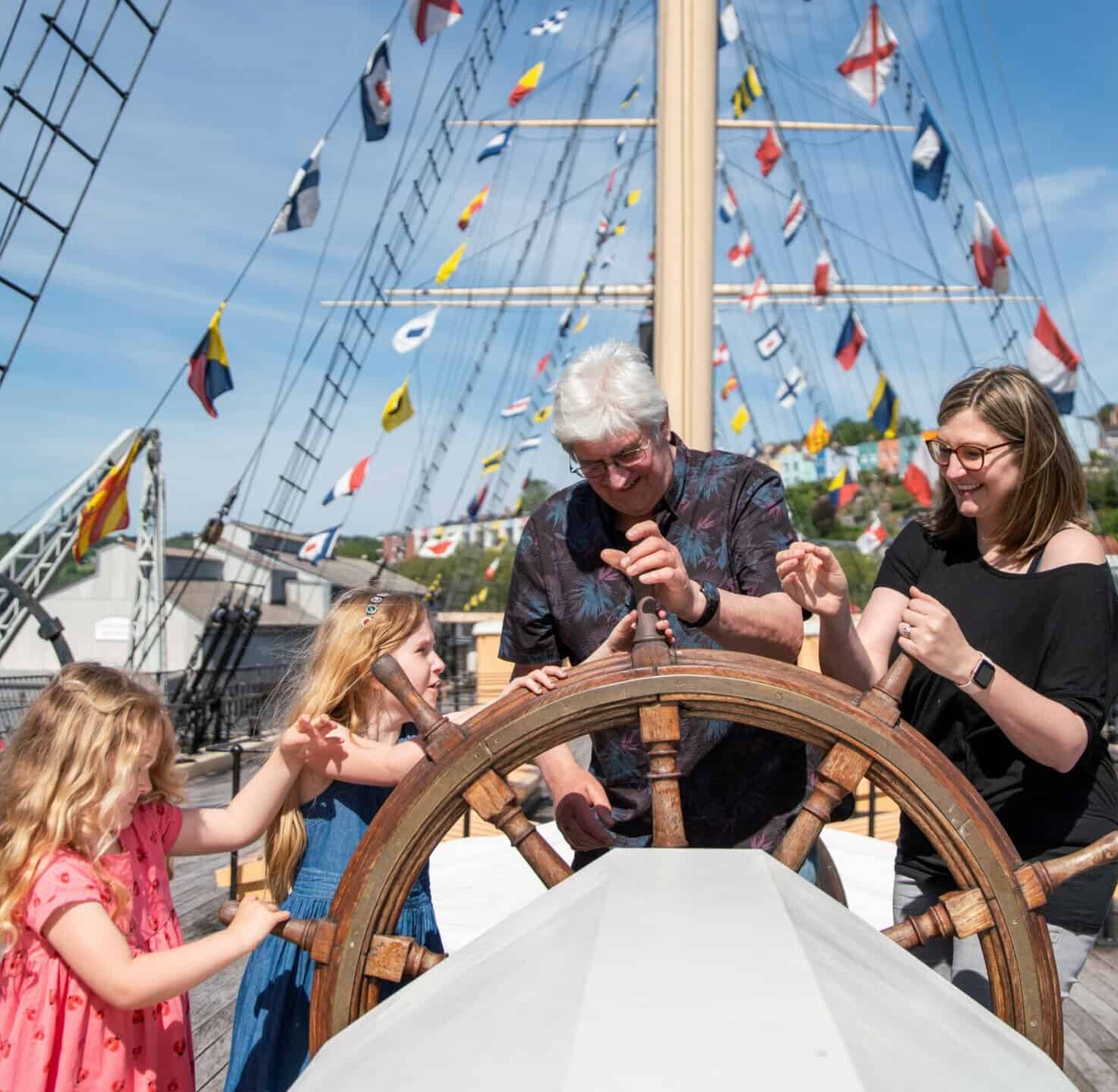The SS Great Britain Trust is home to the most comprehensive collection of material detailing the life and works of Brunel, consisting of over 65,000 objects, and is continually being added to.
When we acquire a new handwritten artefact, such as a letter or diary, it goes through a lengthy process of transcription by our skilled team of volunteers. Brunel’s handwriting style is particularly tricky; although elegant and beautiful, it is almost impossible to read. I was set to the task of working with new AI software to begin building a profile for Brunel’s handwriting. This is where Transkribus comes into play.
No, it’s not a new sci-fi film or smart phone model, it’s a revolution in the way institutions can transcribe their historic documents. By teaching the software to read these handwritten artefacts, learning the specific quirks of the authors, museum collections can be deciphered without the use of a human, potentially saving hundreds of work hours.
The software has been developed by the University of Innsbruck in partnership with University College London (UCL). It works by learning to recognise an individual’s handwriting, sourcing examples which have already been correctly transcribed, to build a person’s unique profile. This would offer a museum such as ours an opportunity to quickly and efficiently gain information and insight from a new object when it is written by a person for whom Transkribus has already built a profile.
In the case of Brunel, the software needs a minimum of 15,000 words of his transcribed handwriting – then it sets to work. A range data compiled from within our collection, has been sent off to the Transkribus team and we now excitedly await the outcome of our first upload.
Once our initial profile of Brunel is built, we will then continue to refine the process by feeding it more and more Brunel data. Even if Transkribus can successfully decipher just a small portion of a document, it has the potential to save numerous hours of work at the Brunel Institute, ensuring that our knowledge of Brunel can quickly grow richer and deeper.
We hope that in time, Transkribus will be a daily aid for the Brunel Institute, and that it can help us to continue sharing our incredible research with the world.
Come back soon to hear about our next instalment of the Transkribus journey!



